Power Consumption
The redundant power supplies in the server are 650W units. These are 80Plus Platinum rated units. The redundant Tiger PSUs at 650W each are lower than what we see in many dual Intel Xeon systems. At the same time, they are well matched for this type of system.
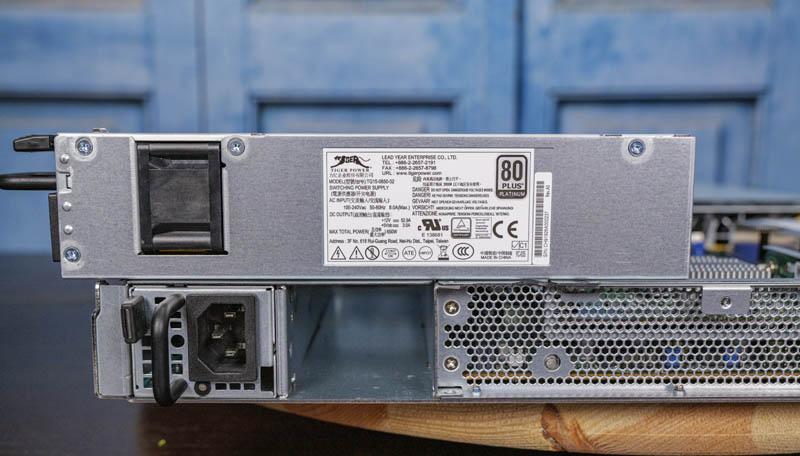
In our testing, we saw idle around 0.2kW with our 70% load at close to 0.45kW. We never managed to get our system above 0.61kW so these power supplies seem like they are just about perfectly sized. That is a great achievement.
STH Server Spider: Tyan Thunder SX GT90-B7113
In the second half of 2018, we introduced the STH Server Spider as a quick reference to where a server system’s aptitude lies. Our goal is to start giving a quick visual depiction of the types of parameters that a server is targeted at.
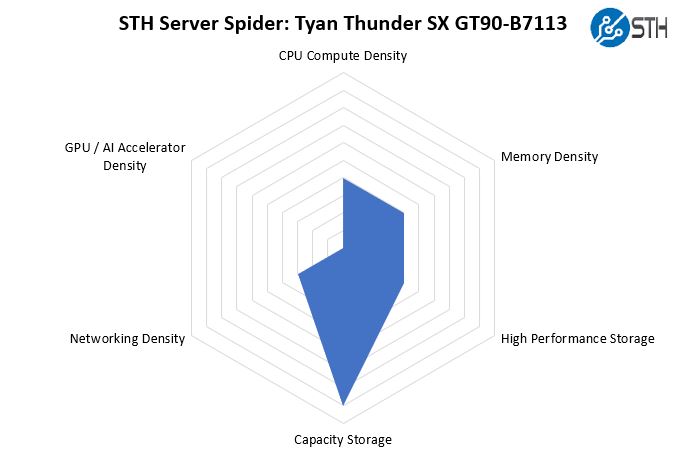
The 1U platform is excellent for fitting many hard drives in a 1U and normal-depth rack. At the same time, it differentiates itself compared to some of the front/ rear access 4U storage servers by adding a higher CPU to hard drive mix which adds a different dimension of density.
This is the first system where we have no provision for GPU or AI accelerator density. There are no standard PCIe slots to use them in and even something unique like a M.2 or U.2 accelerator will not work in this system given the lack of M.2 and the size of the U.2 slots. As a result, this is a rather unique server we are looking at. This is completely intentional by Tyan as it is focused on the scale-out storage space.
Final Words
There is something very neat about the Tyan Thunder SX GT90-B7113. With twelve hard drives, four U.2 NVMe SSDs, a LSI (Broadcom) SAS controller, and an OCP NIC slot, this is designed to be a great network storage platform.
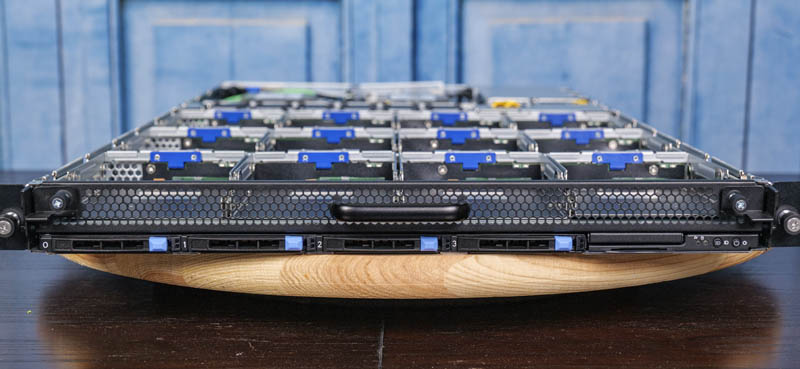
Our first experiences with these object/ scale-out storage servers years ago ran into a snag. The servers we were reviewing at the time were too deep for our racks. With a 900mm depth, and this hard drive drawer design, not only is the server more compact, but there are no external rear cable management arms that are required on many competitive systems. The internal design is simple, yet effective and will make it so some organizations who previously did not like the size nor serviceability aspect of these 1U 12-bay platforms can access the form factor.
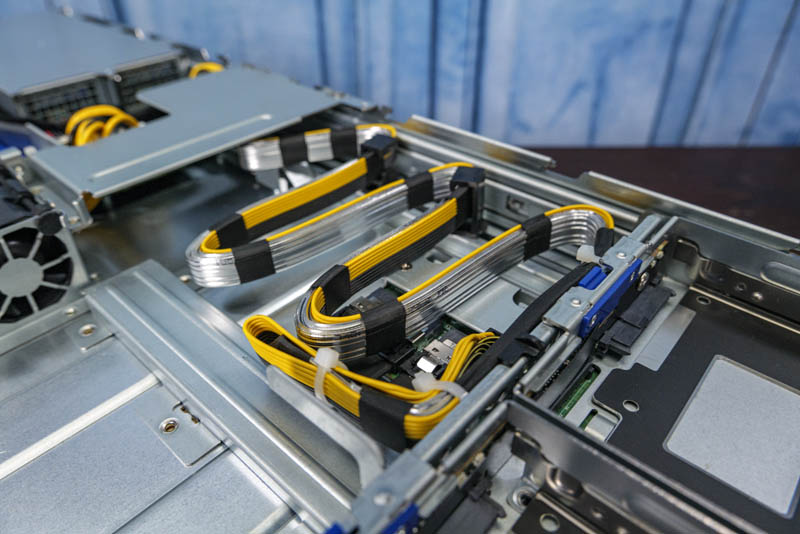
Another aspect we appreciate is that this system is built for ratios. Many scale-out/ object storage deployments aim for a 3:1 disk to NVMe SSD ratio which is what this server provides. Likewise, there are usually CPU core to disk and memory capacity to disk ratios that organizations look to achieve. With two sockets, one can potentially use lower-capacity DIMMs and lower core count CPUs to achieve their ideal ratios at lower costs. We will note that these CPU sockets require the system to be removed from the rack to service due to the design.
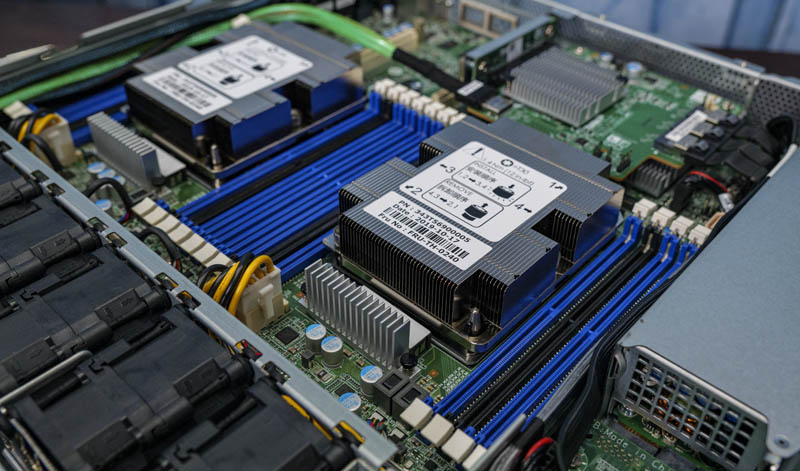
Overall, this was a great system to get to see in person. As someone who has had older-generation systems that did not fit our racks, this type of innovation may seem small, but it is not. Even small features such as the 12x 3.5″ bays being tool-less along with the 4x 2.5″ bays mean that Tyan designed this system to use 64 fewer screws than previous generations. Between the initial installation and ongoing drive maintenance, this can add up in terms of labor savings. For our STH readers in the market for this class of system, check out the Thunder SX GT90-B7113.




Considering the rail design. and warning sticker, does the server feel like it might tip forward with a fully loaded drive sled pulled out all the way, if there’s nothing above it?
This design does look cool, especially with the 900mm depth. I’m a little shocked you didn’t mention the lack of hot-swap fans (and how that’s fine.)
That server is an impressive piece of work. It would be more impressive with a single EPYC socket instead of two Xeon$ocket$.